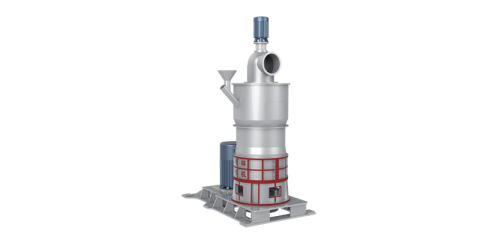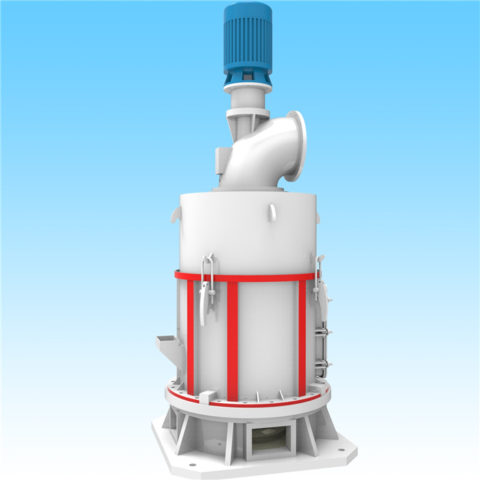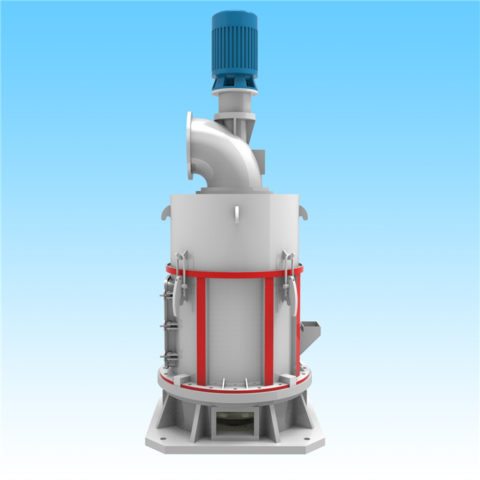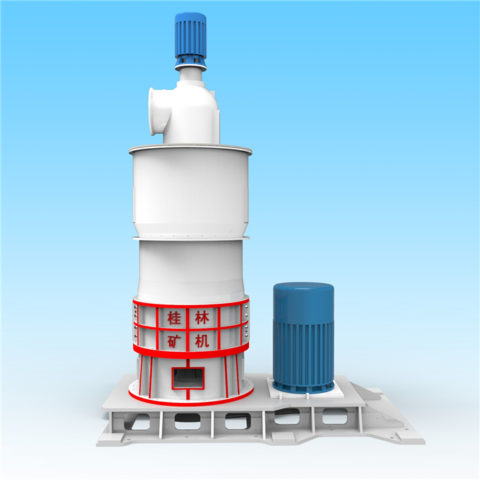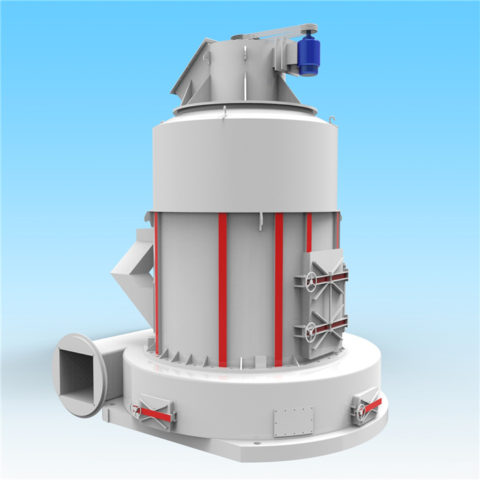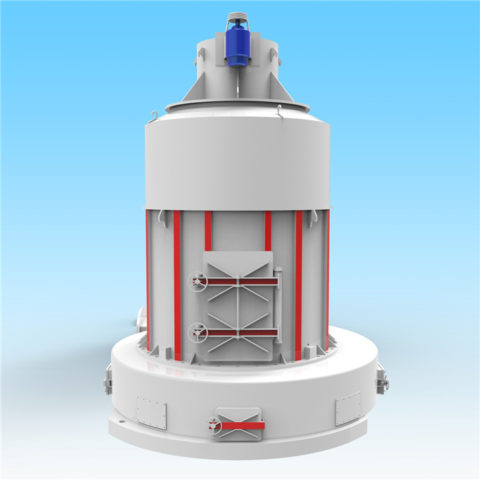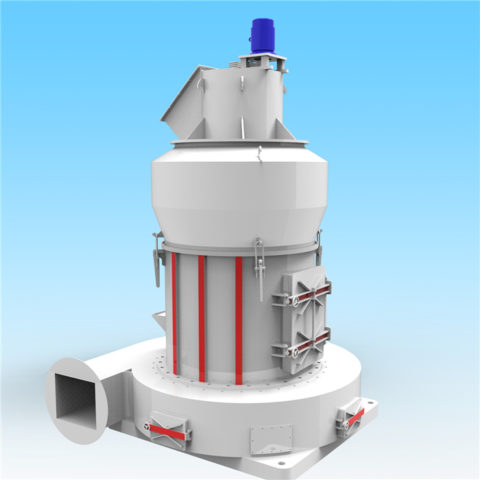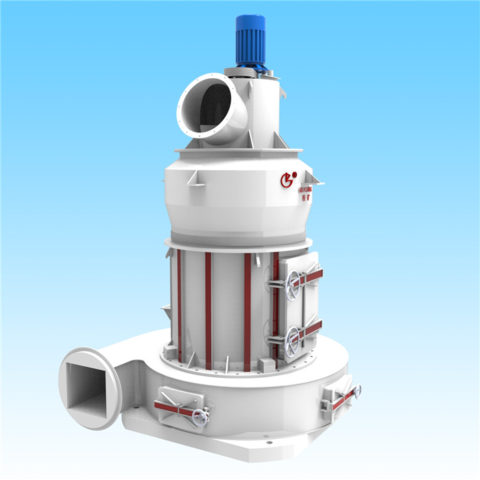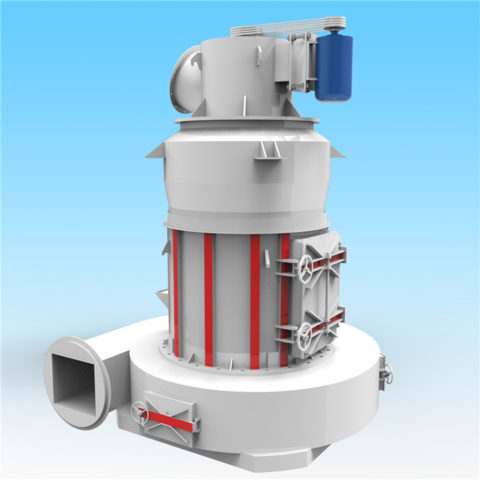Guikuang’s next-generation Raymond mill has set a new industry benchmark by significantly reducing unit energy consumption while delivering integrated efficiency advantages over conventional grinding equipment. The following technical highlights demonstrate its core innovations:
1. Dynamic Grinding Optimization
Adaptive Algorithm: Embedded algorithms analyze material hardness, moisture, and feed rate in real time, dynamically adjusting grinding pressure and classifier speed. This reduces energy waste by 18-22% compared to fixed-parameter systems.
Precision Control: Motor load fluctuations are minimized to ±5%, cutting idle power consumption by 30%. For 325-mesh limestone, unit energy consumption drops to 22-24 kWh/t (vs. 28-32 kWh/t in traditional mills).
2. Structural Reinforcements for Reduced Friction Loss
Enhanced Roller Assembly: High- omium alloy rollers with nano-ceramic coatings achieve 40% lower wear rates. Optimized centrifugal force distribution reduces mechanical friction losses by 15%.
Low-Resistance Airflow Design: Computational fluid dynamics (CFD)-optimized air ducts lower system pressure drop to ≤800 Pa, saving 12-15% fan power.
3. Smart Energy Management System
Predictive Maintenance: IoT sensors monitor bearing temperature, vibration (<0.8 mm/s per ISO 10816-3), and lubrication status, preempting energy-intensive failures. Maintenance-related downtime is slashed by 60%.
Peak Shaving: The mill automatically schedules high-load operations during off-peak energy pricing windows, reducing electricity costs by up to 25% in time-of-use tariff regions.
4. Multi-Industry Validation
Cement Industry: In 500t/d slag grinding lines, the mill achieves 26.5 kWh/t with 98% uptime, outperforming tradiional ball mills (35-40 kWh/t).
Non-Metallic Minerals: For quartz powder (D97 ≤10μm), it delivers 18% higher throughput at 20% lower specific energy consumption versus pendulum mills.
5. Sustainability Certifications
Meets GB 30252-2013 China energy efficiency Tier 1 standards and ISO 50001 compliance.
Carbon footprint per ton of product is reduced by 1.2-1.5 kg CO₂e through regenerative braking and waste heat recovery.
By integrating AI, mechanical precision, and intelligent energy loops, Guikuang's Raymond mill achieves a 35% total cost of ownership (TCO) reduction over 5 years, positioning it as the preferred solution for industries prioritizing ESG goals and operational excellence.



